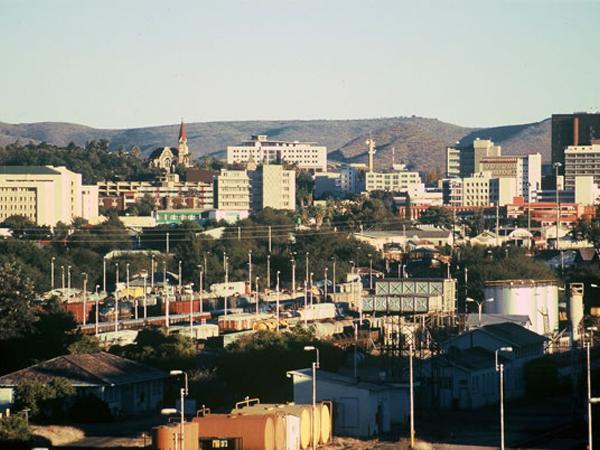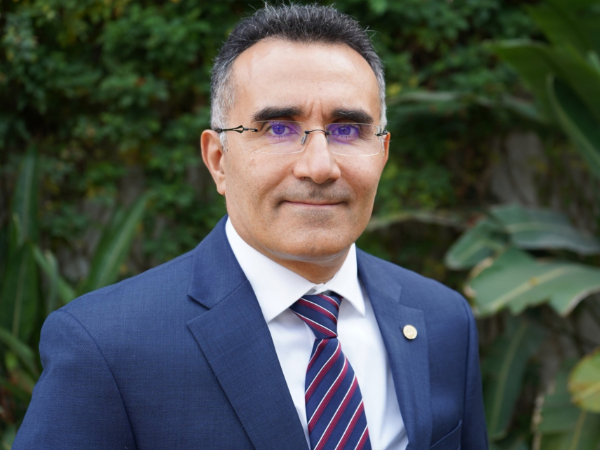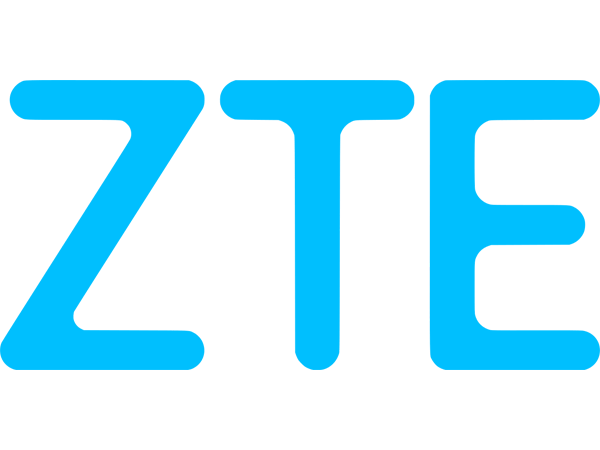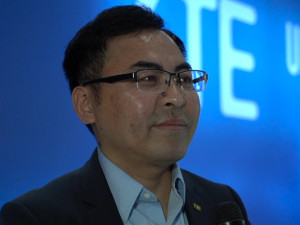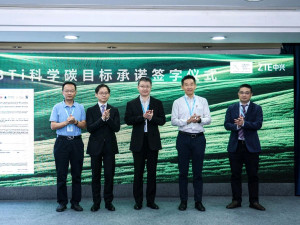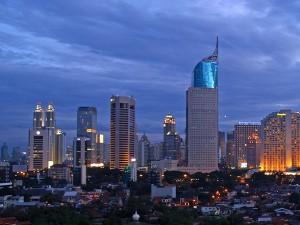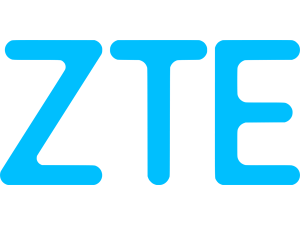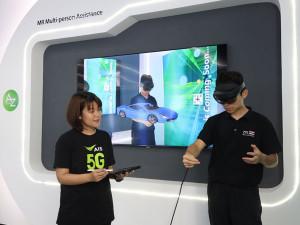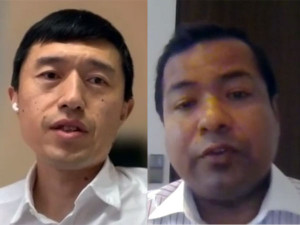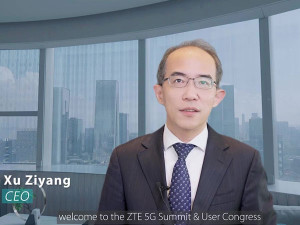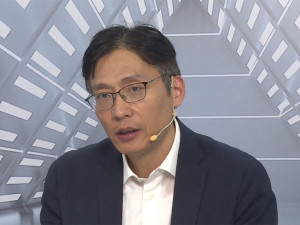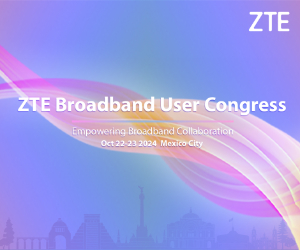ZTE has been active in the African market since 1997, with business in this region and the Middle East overseen by the company’s President MEA, Darren Zhao. As the continent gears up for 5G adoption, we spoke to him to discuss ZTE’s past and future in Africa as well as the impact that the technology will have in the market.
Can you outline some of the highlights of your activities in Africa since the beginning?
Yes, of course. ZTE entered MEA market in 1997 and has provided equipment and services to 140 operators in more than 50 countries. By the end of June 2020, there are 33 representative offices and more than 1,000 employees. Now, ZTE has established a comprehensive strategic partnership with multinational operators and leading operators in the MEA region.
For example, we have worked closely with MTN Group for over 10 years, we provide a full range of products and solutions include wireless, core network, transmission, microwave, GPON, power system. In addition, ZTE has collaborated in many innovative projects in IOT and AI O&M as well.
In the 5G field, we signed network construction contracts with South Africa MTN, Algeria ATM and AT etc., and collaborated with operators in Dubai, Saudi Arabia, and other places. Among of them, the large-scale 5G commercial deployment in South Africa is approaching. In addition, ZTE built the wireless network and virtualized core network for Airtel, in 2019 Airtel & ZTE core network virtualized project program won the Informa 5G MENA "Best Teleco Digital Transformation Award".
You mention that ZTE has held a leading position in mobile communications in Africa, through 2G, 3G and 4G, and earlier this year you launched Africa’s first 5G network. What are the main benefits that 5G can deliver in Africa?
5G is a hot topic and a subversive technology. 5G can unleash the huge potential of digital technologies and make industrial transformation and digitalization a reality. The ultra-high bandwidth, ultra-low latency, ultra-high reliability, and ultra-large connection features will bring Africa more vertical industry applications and new business models.
The acceleration of 5G SA commercialization will first benefit 2B industry, such as industrial manufacturing, port traffic and new media etc., will also enable thousands of industries to improve the efficiency and innovate abundant applications, which will bring great changes to the whole society. For example, in the industrial field, in AGV(Automated guided vehicle)scenario of ZTE Nanjing factory, we used 5G SA to replace the traditional industrial Wi-Fi networking. The latency was reduced from hundreds milliseconds to less than 10 milliseconds, thus achieving seamless handover of AGV and greatly improving reliability.
In terms of port transportation, we have deployed 5G SA based MEC and UPF data distribution solution in Tianjin Port. The customs service data is only transmitted within the port area to ensure information safety. In Guangzhou Metro, we implemented the hard slicing isolation of China's first 5G SA based on reserved PRB resources, achieved end-to-end network slicing, and achieved innovative applications in several metro scenarios as a pioneer in the commercial use of industry private network slicing.
In the medical industry, front-line medical personnel can share local medical data through the 5G+cloud+AI, and professionals can implement remote high-quality medical diagnosis. In the education industry, we work with schools to build 5G remote classrooms so that children in remote areas can attend school as well. In the media industry, we work with media partners to create face-to-face communication through holographic technology. We believe that with the rapid commercial use of 5G SA, 5G ecosystems will gradually mature and become a catalyst for enterprise development. 5G SA is also an excellent choice for 2C business. The high-speed, large capacity and low latency features bring lower cost and excellent experience for customers, such as AR/VR, online entertainment, big data analysis, digital payment, and Internet automobiles will also move forward faster.
At present, ZTE has developed more than 500 partners in 15 industries: industry, culture and tourism, education, health, media, port, environmental protection, energy, and transportation. Together, ZTE has explored 86 innovative 5G application scenarios and successfully launched over 60 demonstration projects worldwide, accumulating valuable experience in 5G business model innovation. In the future, ZTE will continue to expand ecological resources, work with African partners to deeply innovate and implement 5G, and promote the development of digital connectivity and digital economy in Africa.
Everyone’s talking about 5G but there’s still a lot of life in 3G and 4G and even 2G is still strong. Are operators likely to adopt 5G quickly in Africa to replace their legacy networks?
Yes, African operators are cautiously optimistic about using 5G technologies. 4G networks will continue to play an irreplaceable role in the next 2-3 years. In the future, operators will still take a leading role in the investment of 4G networks. 4G and 5G will coexist for a long time. At the same time, the telecom infrastructure in most African countries is still at a low level, which reduces their capability to adopt 5G. To cope with user growth, traffic pressure and network evolution, it is recommended that operators pre-embed 5G capabilities while upgrading and reconstructing the existing 4G network.
In the future, it will become more convenient for operators to evolve towards the 5G network and collaborate with 4G&5G. 5G is taken as an effective supplement, focusing on mobile broadband customer experience improvement, and developing new end-to-end 5G solutions provided by. ZTE. Highly integrated Common Core virtualized core network platform can support 2/3/4G/5G/Fix at the same time. The base station and RF platform family support multi-mode multi-frequency band and 4G/5G coordination at the same time. Some African operators have conducted several 5G tests and advanced tests in the past two years, and are now being put into large-scale commercial use. In the future, we will work with more operators to explore the infinite possibility of 5G taking off in Africa, and promote the fast launch of 5G and 5G+.
To what extent does spectrum availability present a challenge to you and your operator customers?
The acquisition of operators' spectrum is a prerequisite for 5G networking. According to the statistics of GSA and Omdia, by the end of July 2020, 5G spectrum allocation or auction had been completed in 34 countries/regions, and 112 operators had obtained 5G spectrum resources.
The spectrum distribution is fast in Europe, Asia Pacific, North America, and the Middle East. The 5G spectrum in Africa is still in its initial stage. Due to unbalanced development in Africa, 4G networks play a leading role in most areas, and network investment mainly focuses on 4G capacity expansion and construction. The government and operators generally take a wait-and-see attitude towards 5G, which delays the development of 5G networks and brings challenges to the construction of 5G networks in Africa.
We are also pleased to see some leading operators have been actively involved in promoting the acquisition of 5G frequency bands and preparing for large-scale commercial deployment. For example, South Africa’s government opened the temporary spectrum licence of 3.5 G in April this year, and is expected to complete a formal spectrum auction this year. In other countries, such as Nigeria, Uganda, and Kenya, 5G tests are also under way. Some countries in North Africa have also started to trial commercial use. The development of 5G industry will bring unlimited opportunities in 3-5. We believe that with the rapid commercial use of 5G SA, 5G ecosystems will gradually mature. More and more countries will seize the window of rapid 5G development, and implement 5G spectrum distribution, so as to promote digital connection in Africa and promote the development of digital economy in Africa.
How have you managed to maintain service through the COVID pandemic?
The pandemic has changed the way we work and live, making it a normal condition for us to work from home and maintain social distance. Our top priority is the security of employees and customers. Therefore, we require all employees to fully comply with the local government's requirements for preventing the spread of viruses, such as self-isolation, working from home, and cancelling or delaying marketing activities.
Facing the challenges brought by Covid-19, ZTE is also accelerating the digital transformation inside the company to deal with the difficulties brought by the epidemic through the following aspects:
● Digital office: Build a mobile, online, self-service, and intelligent office cloud platform.
● Digital operation: Empower the agile combat team to lead business changes; enable flexible orchestration of business activities; implement risk visualization and intelligent decision-making through real-time presentation of operation analysis/forecast data and AI empowering business;
● Digital R&D: R&D operations are carried out in the cloud, cross-regional online collaboration is implemented, and the R&D period is shortened by 50%.
● Through the establishment of a complete digital collaboration platform for customers, partners, and suppliers, we can drive both parties to process optimization and change, thereby achieving a win-win situation of reducing costs and increasing efficiency.
At the same time, we worked with our customers for network security and reliability. We formulated various measures during the epidemic to ensure the network can meet the rapid growth of traffic and connection requirements from individuals, medical institutions, enterprises, and education organizations. From the perspective of business, the impact of the pandemic on the telecom industry is not negative, and will even encourage operators and ZTE to propose short-term and long-term solutions to meet these new needs.
What will be the main challenges in the region for the next few years?
In the next few years, the development of Africa's digital economy will face many challenges. The pandemic has changed people's life and working mode, it also stimulated people's demands for network bandwidth. Work from home has strengthened the dependence on telecommunication networks, making telecommunication a necessity like other public utilities. The rapid growth of traffic has pushed African operators to speed up network construction and upgrade. New technologies, including 5G and network intelligence, have great potentials for promoting the digitaltransformation of thousands of industries.
However, Africa faces many challenges, such as high Internet charges, low mobile penetration rate, low 4G network coverage and data consumption, insufficient fixed broadband network coverage, and low smart phone penetration rate. Therefore, we need work together with partners to promote Africa digital connectivity. Our vision and strategy in Africa is to "Bridge the digital divide in Africa and build a digital Africa with all-connection and sustainable development."
In the future, ZTE will continue to provide leading technology and high-quality networks for Africa to drive the digital transformation and digital economy development.
Sponsored Article
ZTE Corporation is a global leader in telecommunications and information technology. Founded in 1985, ZTE is committed to providing integrated end-to-end innovations to deliver excellence and value to consumers, carriers, businesses and government and enterprise network customers. Working in over 160 countries, ZTE has the most complete telecommunications product line in the world, covering every vertical sector of wireless networks, core networks, access & bearer networks, services and terminals markets. For more information visit www.zte.com.cn


